Connecting to where you live.
Rogers Park, Chicago IL is a more understated and often forgotten far north neighborhood in the great city of Chicago. When I first moved back to the city, I was determined to live on my own. And with a nonprofit salary, I found myself in this more affordable lake-side place. Falling in love with my apartment, I began to realize the amenities the community so modestly boosted.
A beautiful and very telling aspect of the neighborhood I love is the extensive murals painted on the cement CTA overpasses. Through the physical elements the murals are incredibly well kept; the paintings are even untouched by vandals. These paintings are so much more than interesting images to look at, they tell a story-- they are a look book into the history of this town.
Roger Park sits above Downtown, Wrigleyville, Uptown, and Edgewater and is the farthest neighborhood north before we leave the city. In 1906, when Chicago was in one of its earlier stages of development, Rogers Park began a significant development. The Jesuits founded St. Ignatius Parish as well as Loyola University, two establishments still in existence. In 1908, the CTA red line was extended to the northern suburb of Evanston, taking four stops in Rogers Park. This began a time of positive growth and economic development for the area.
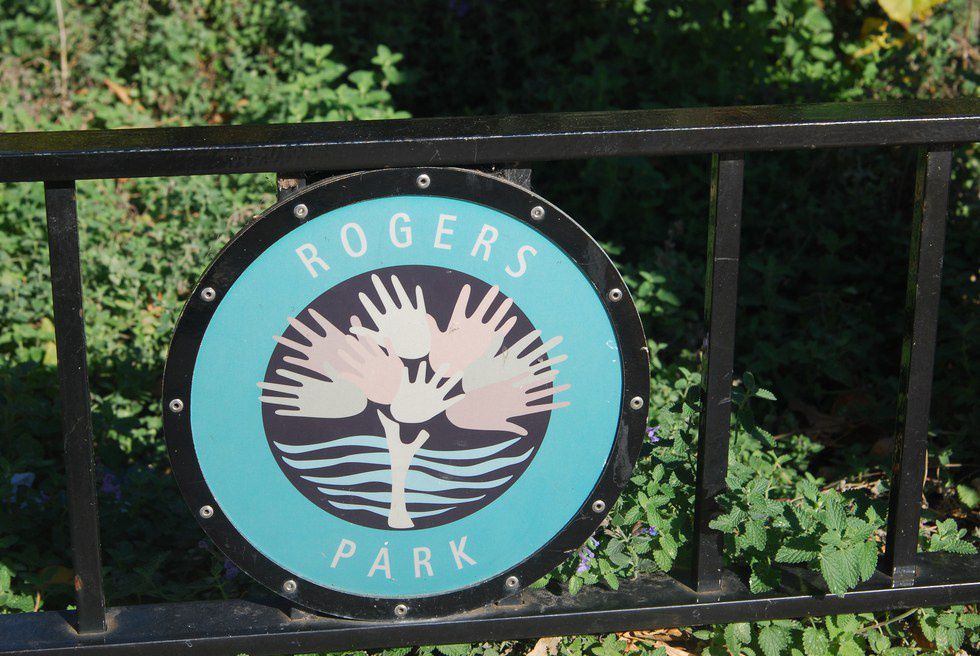
Every neighborhood in Chicago has an emblem or insignia of sorts. A tree of multicolored hands next to the water, is a very real representation of this place. Rogers Park has a reputation of distinct diversity.
Some of the paint has chipped under the harsh pressure of the Chicago climate. But, it still stands up well, and so far remains untouched by vandalism.
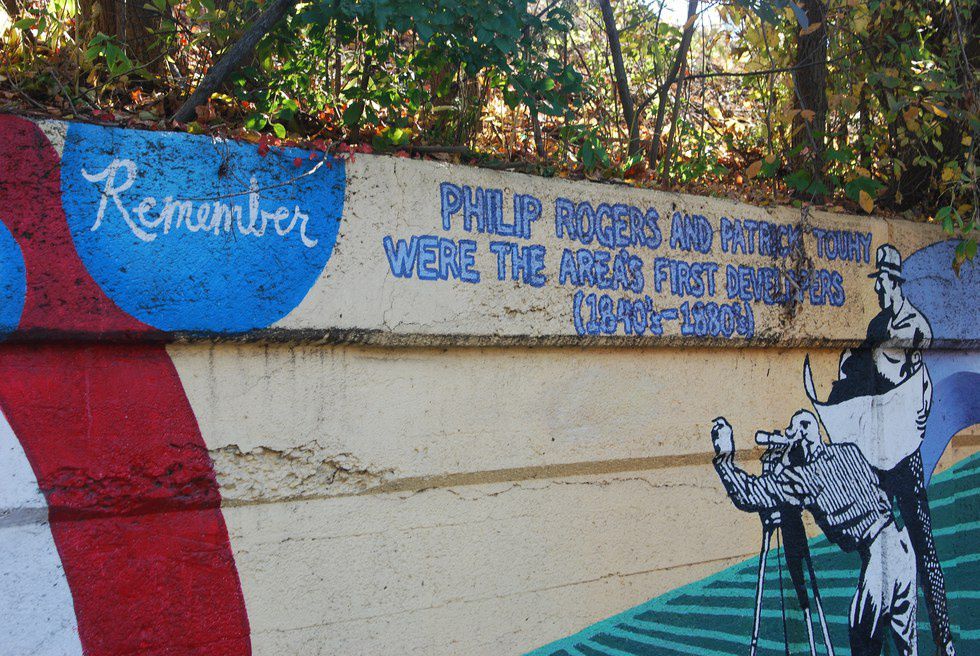
As we take a look down these murals on Glenwood Ave, we see pieces of the far past, connecting to more recent history.
After WWII, many wealthy families residing in Rogers Park made for the suburbs, as many city dwellers did at this time. This provided the space for many East-Asian, African, Mexican, Korean, Indian and Pakistani people to seize business ventures here. This was an important beginning of one of Chicago's most diverse neighborhoods.
Chicago as a whole is incredibly diverse, however Rogers Park truly is a coalition of more racial and religious groups that most other Chicago neighborhoods.
Some murals are just beautiful to see.
And every photographer needs a partner.




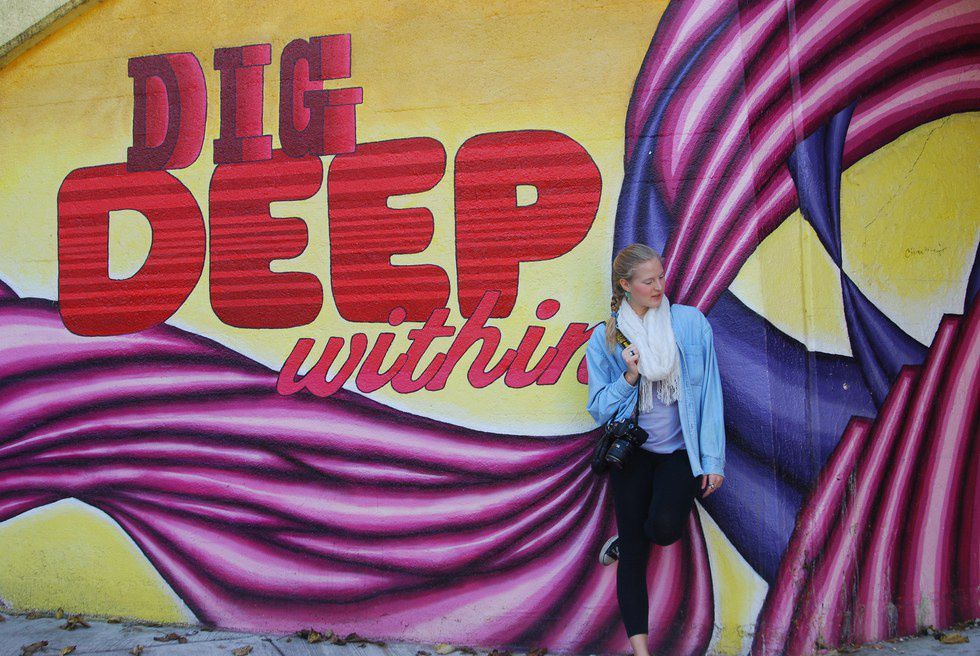
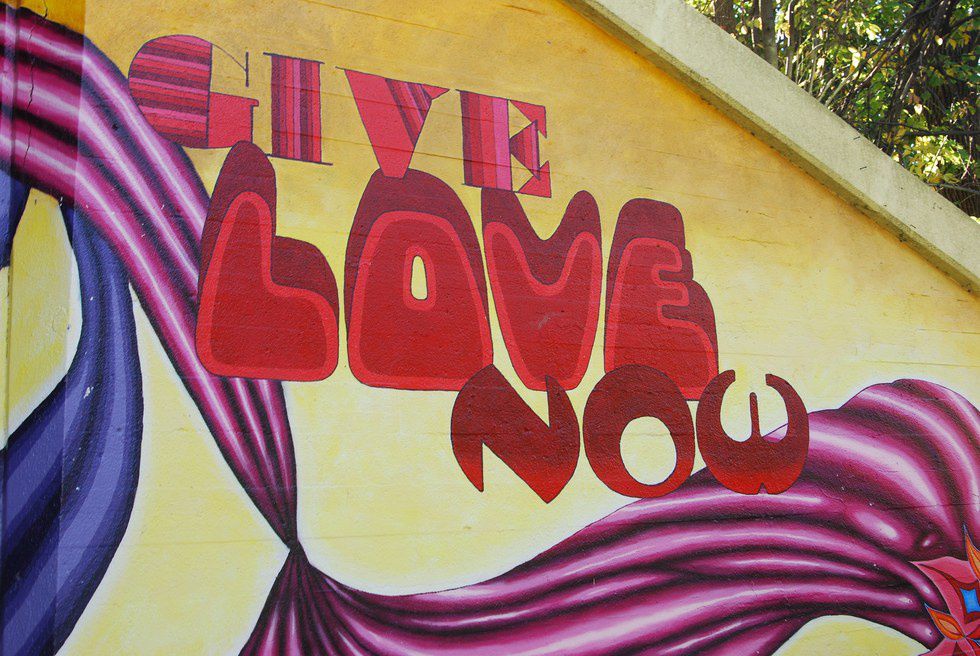
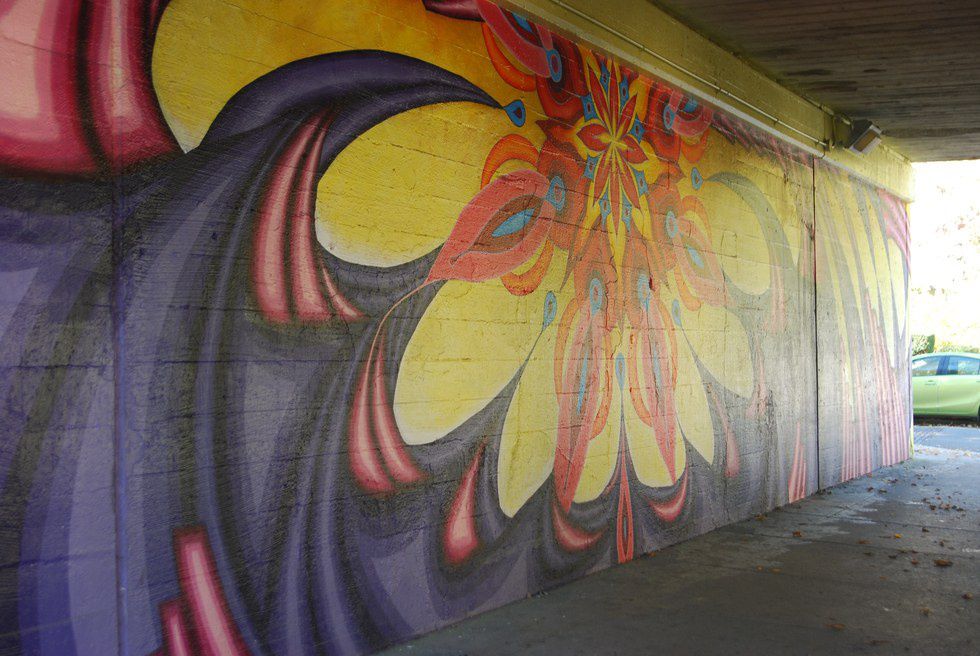
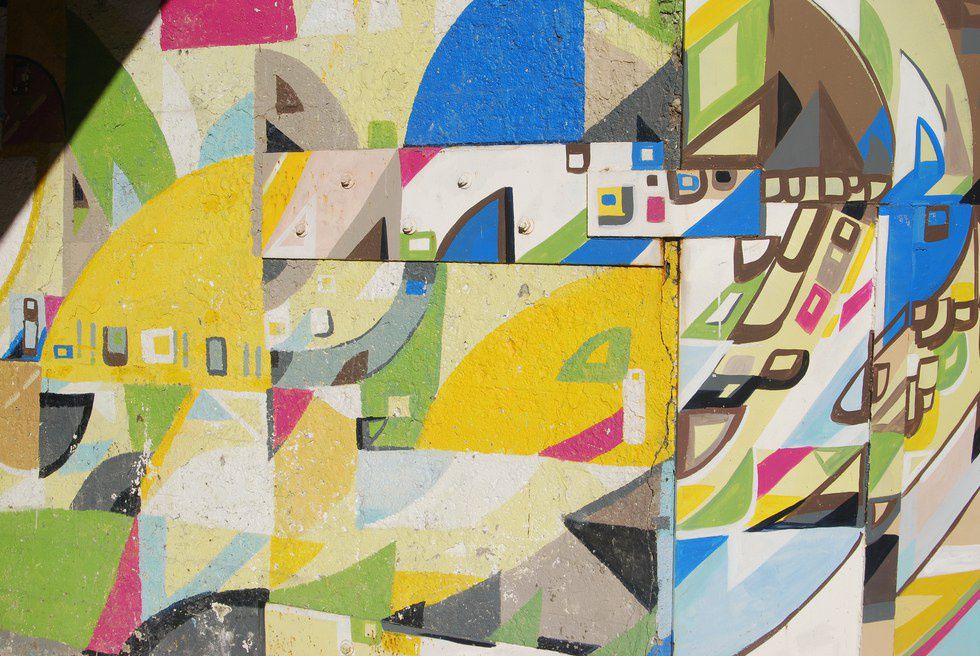
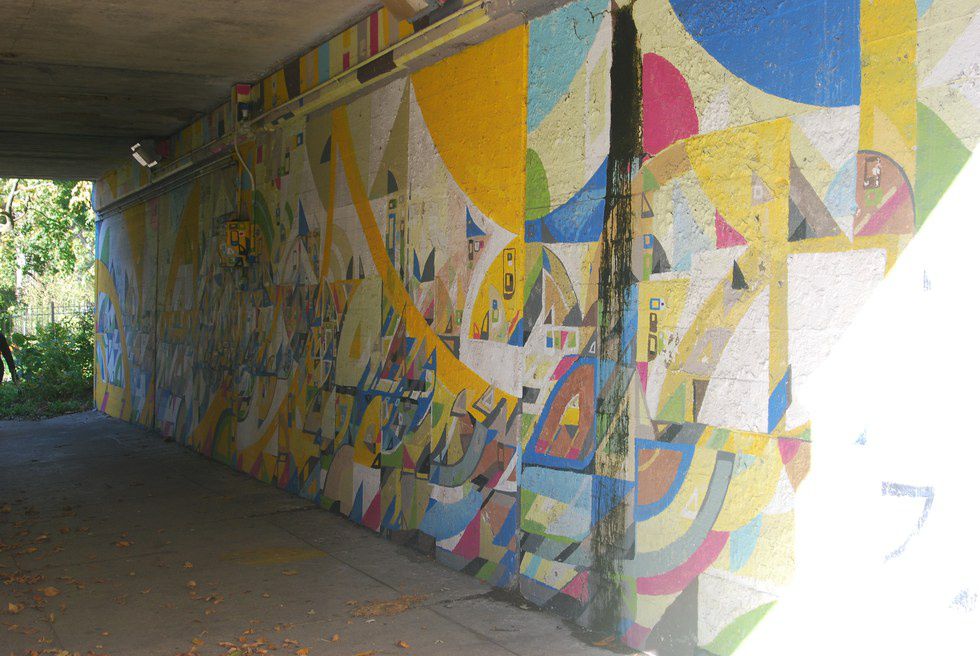
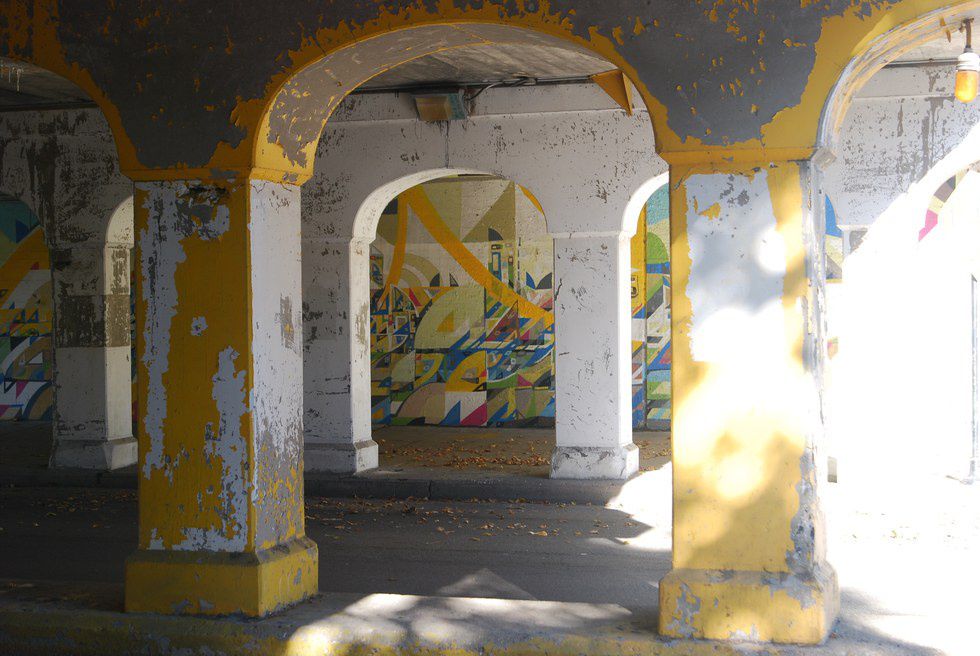
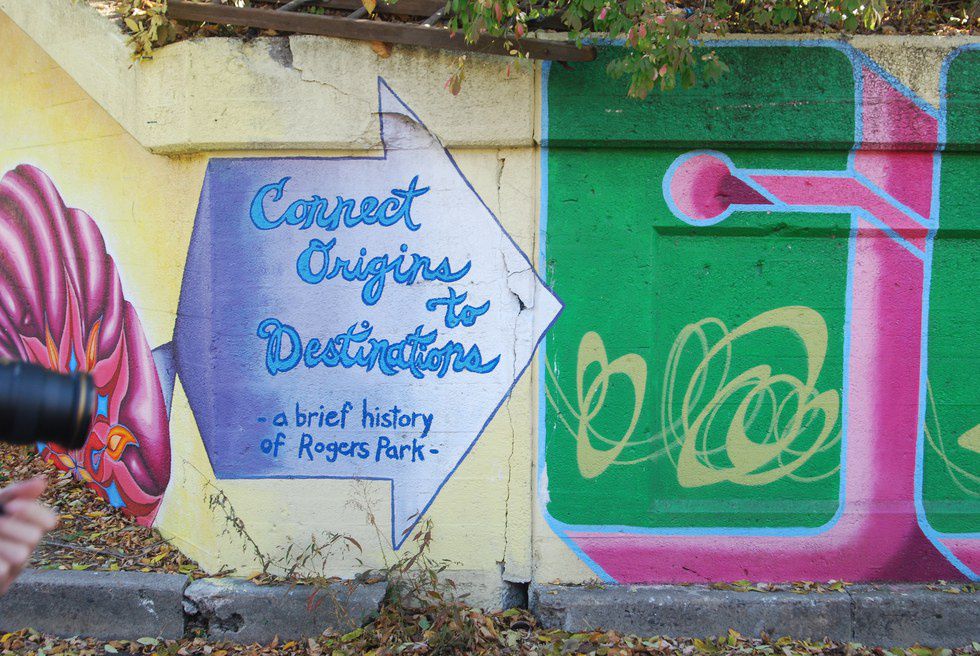
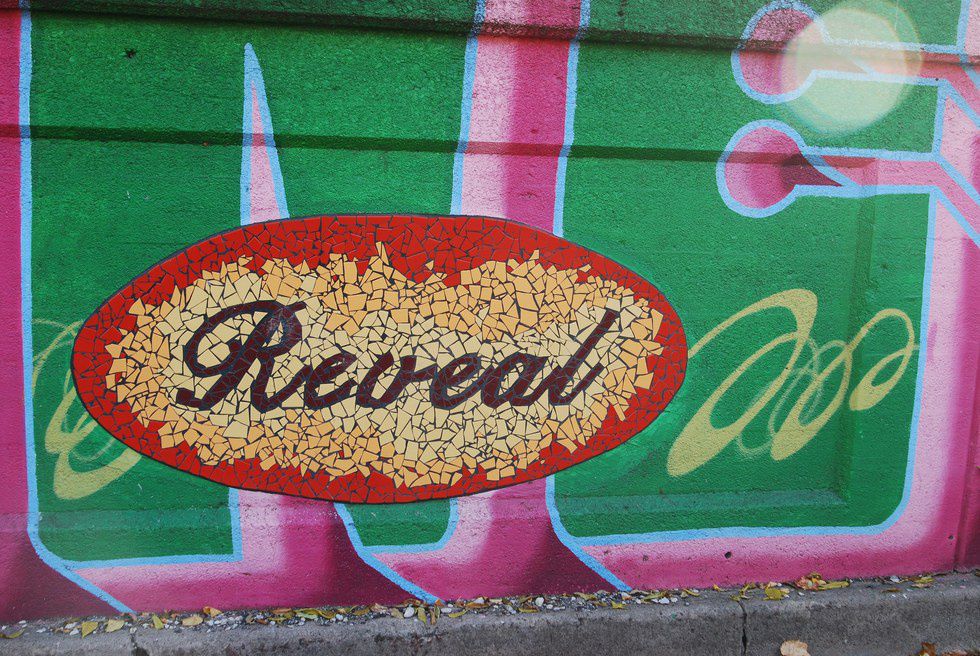
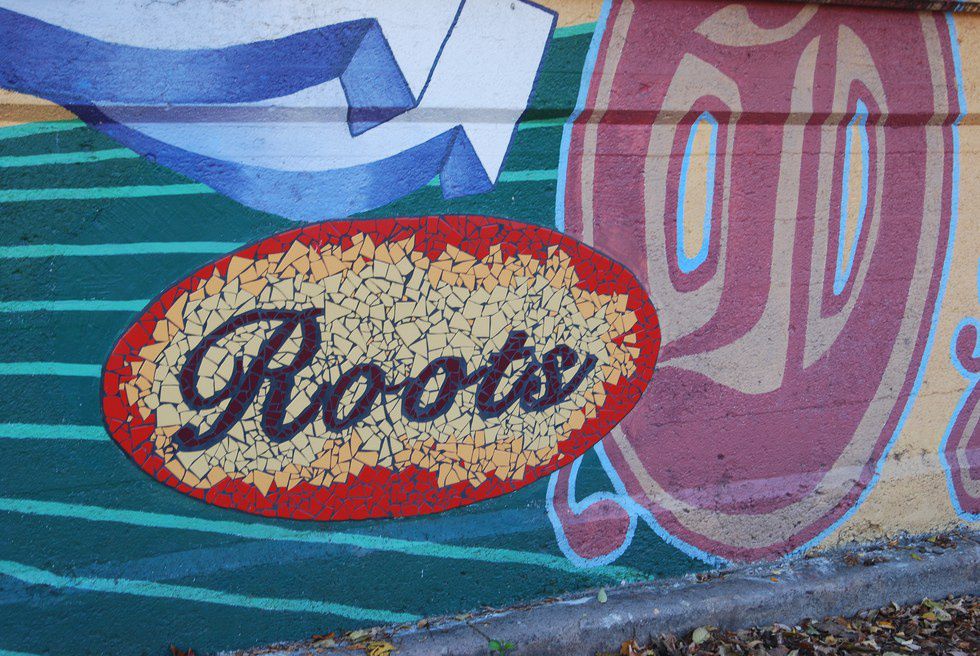
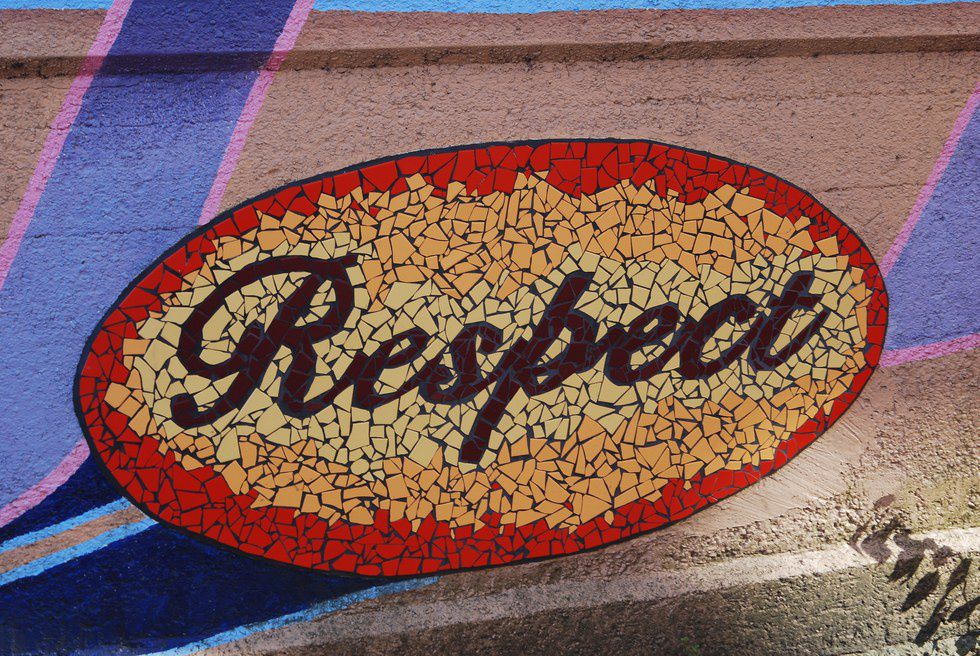
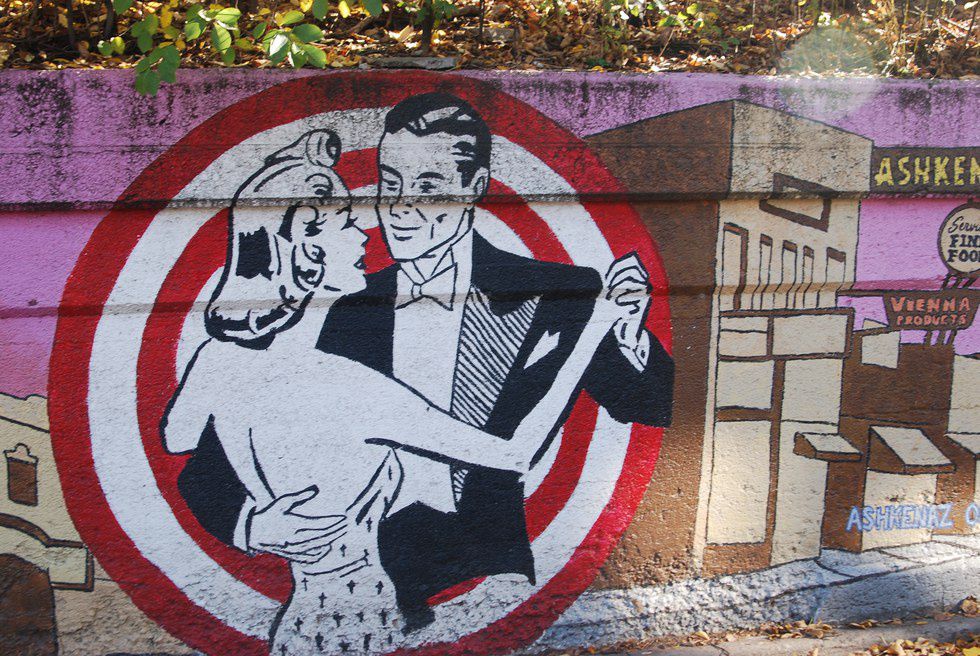
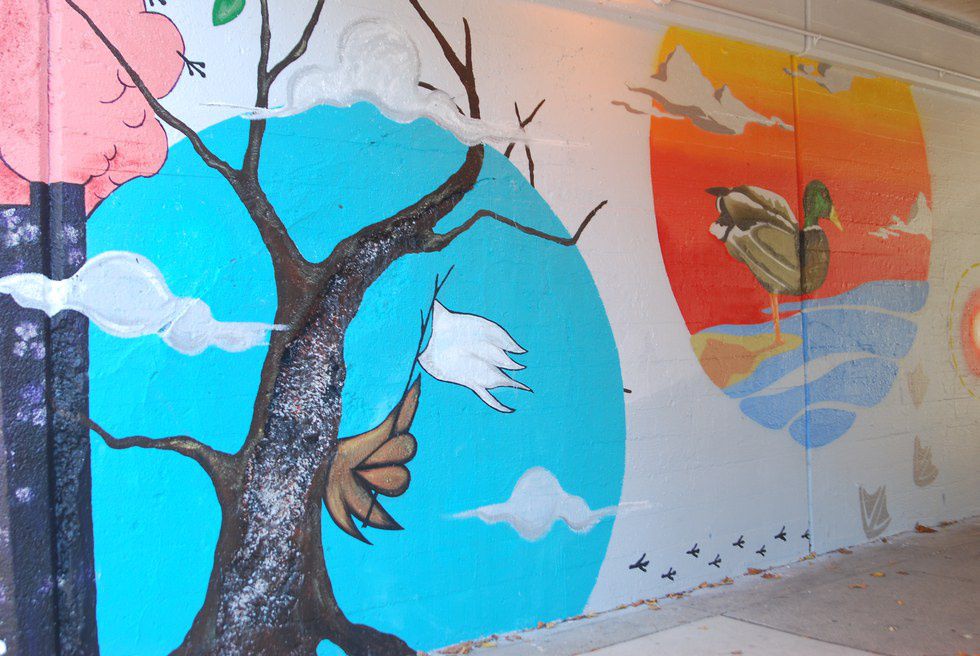
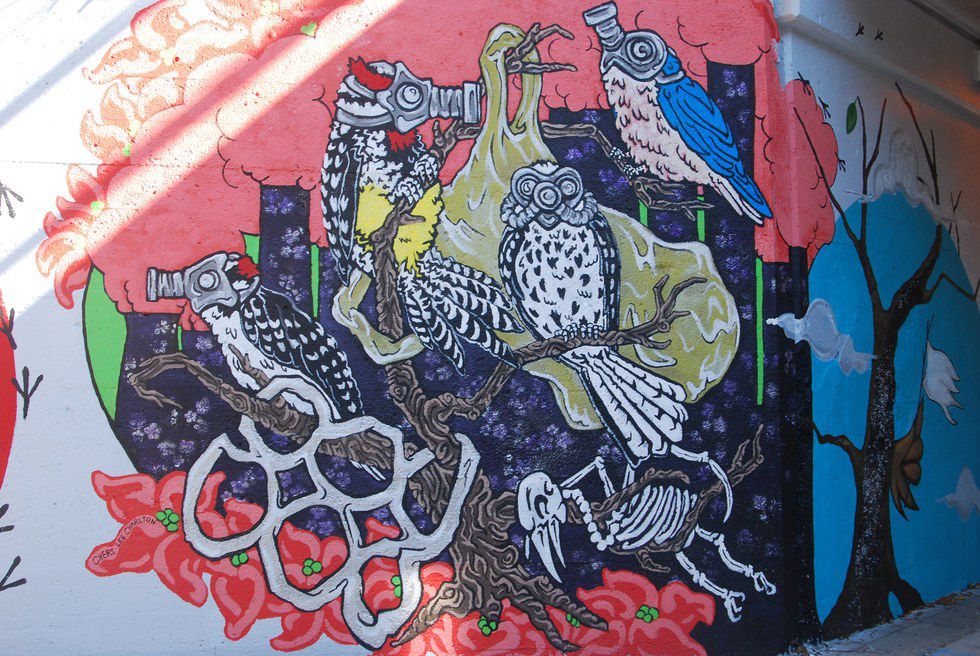
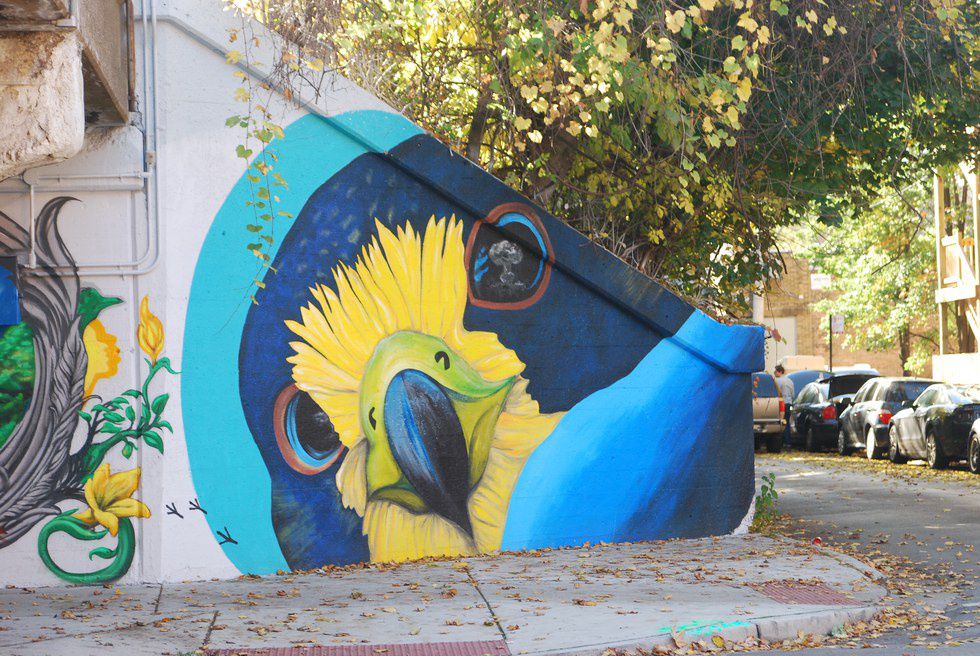
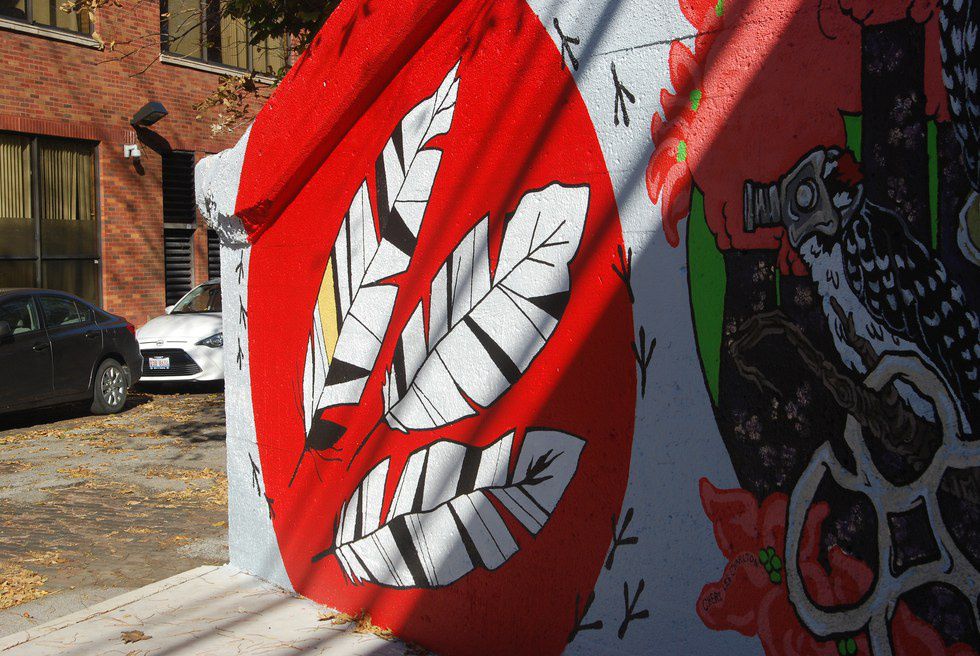
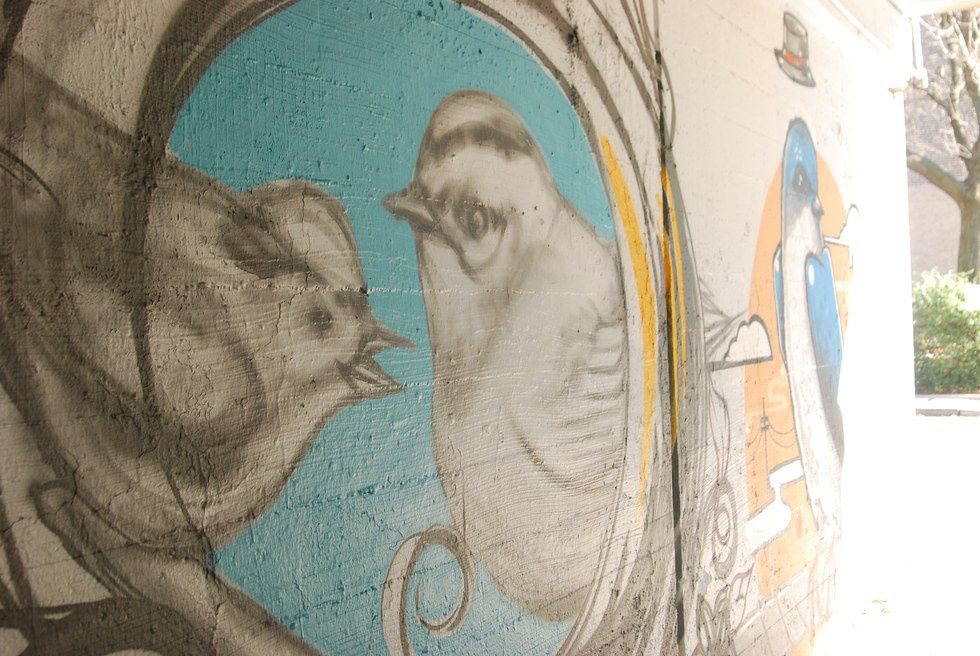
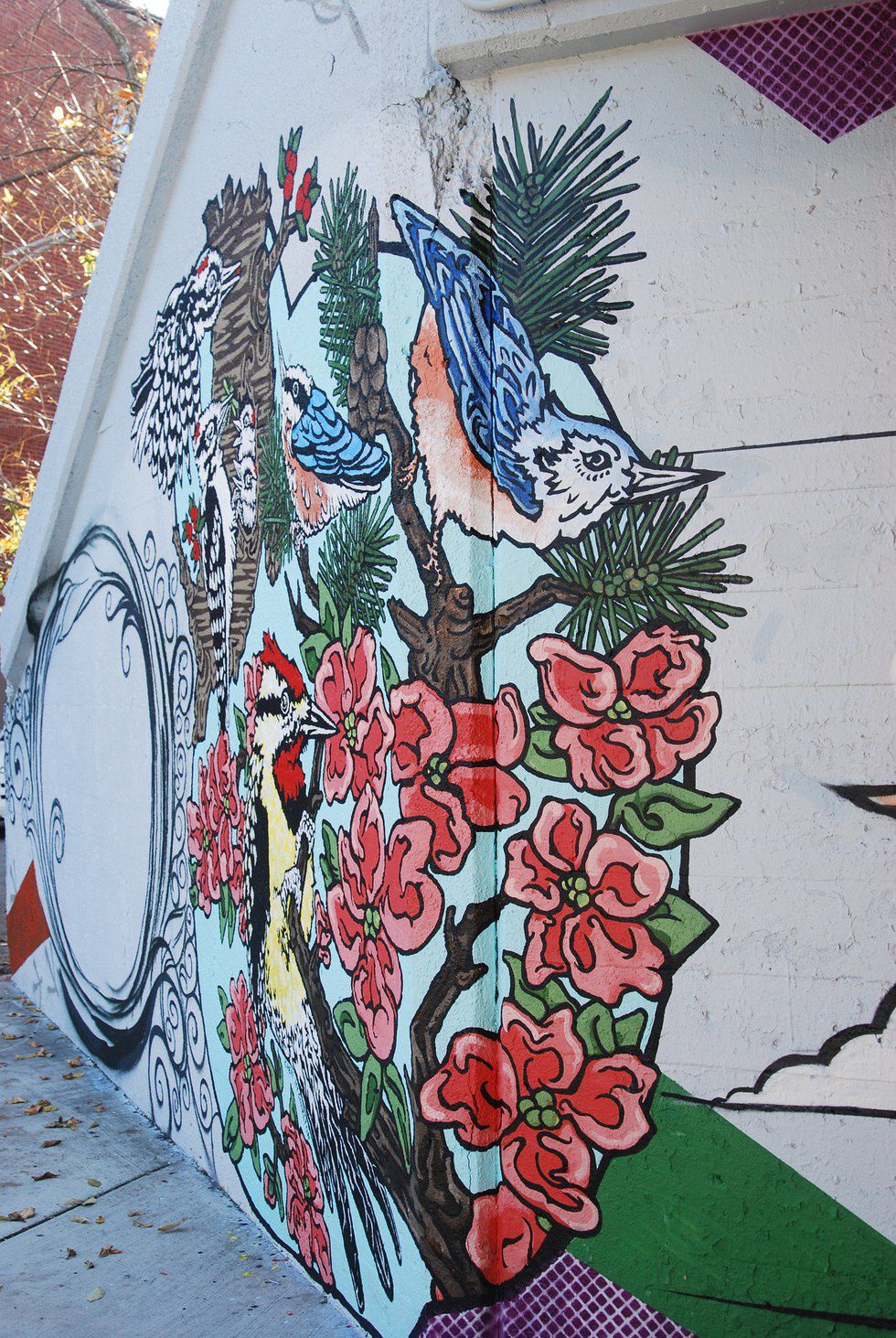
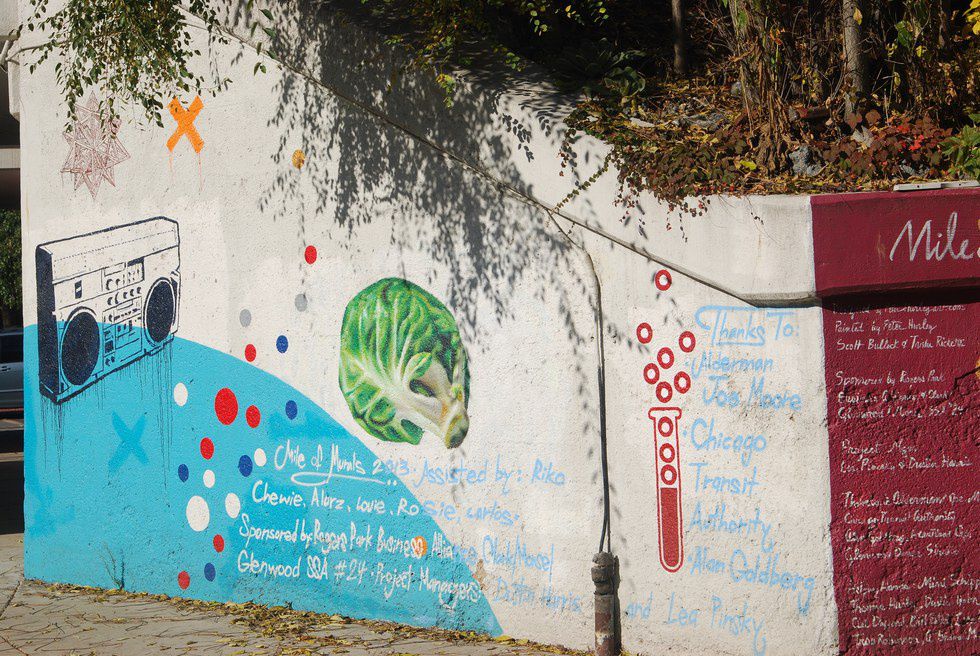
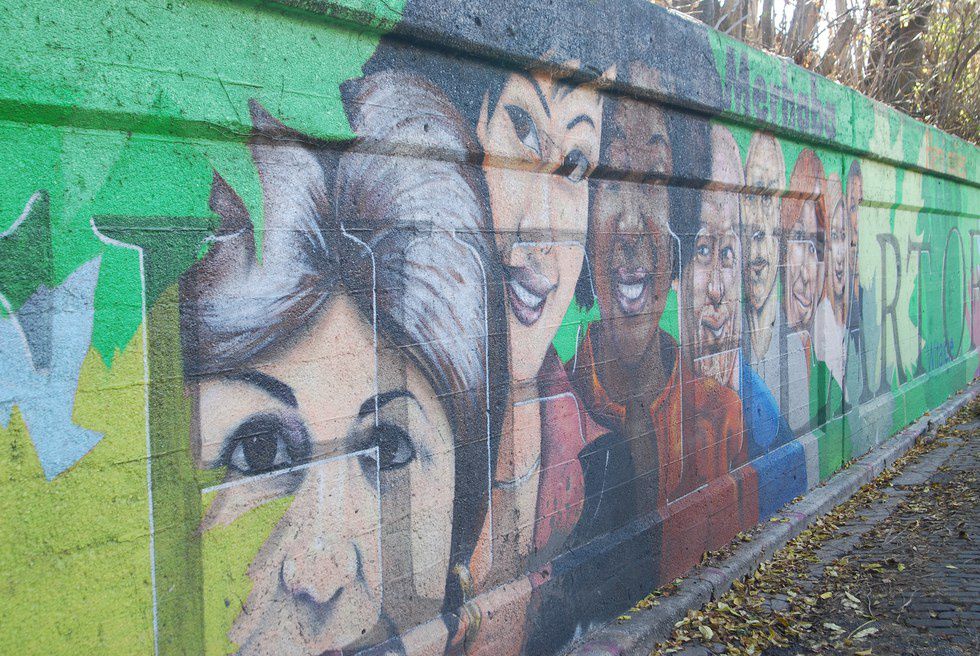
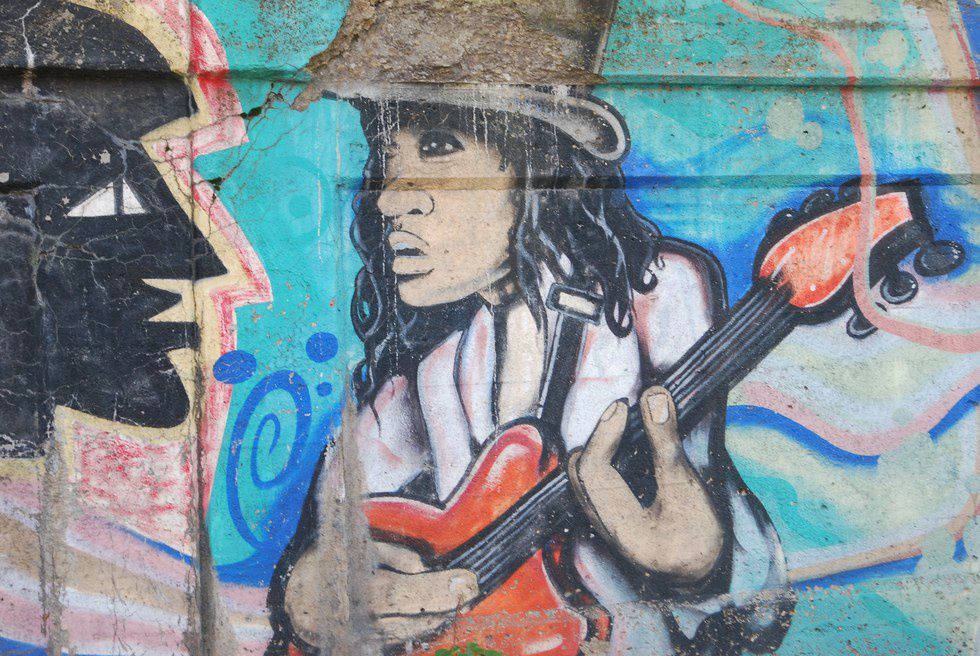
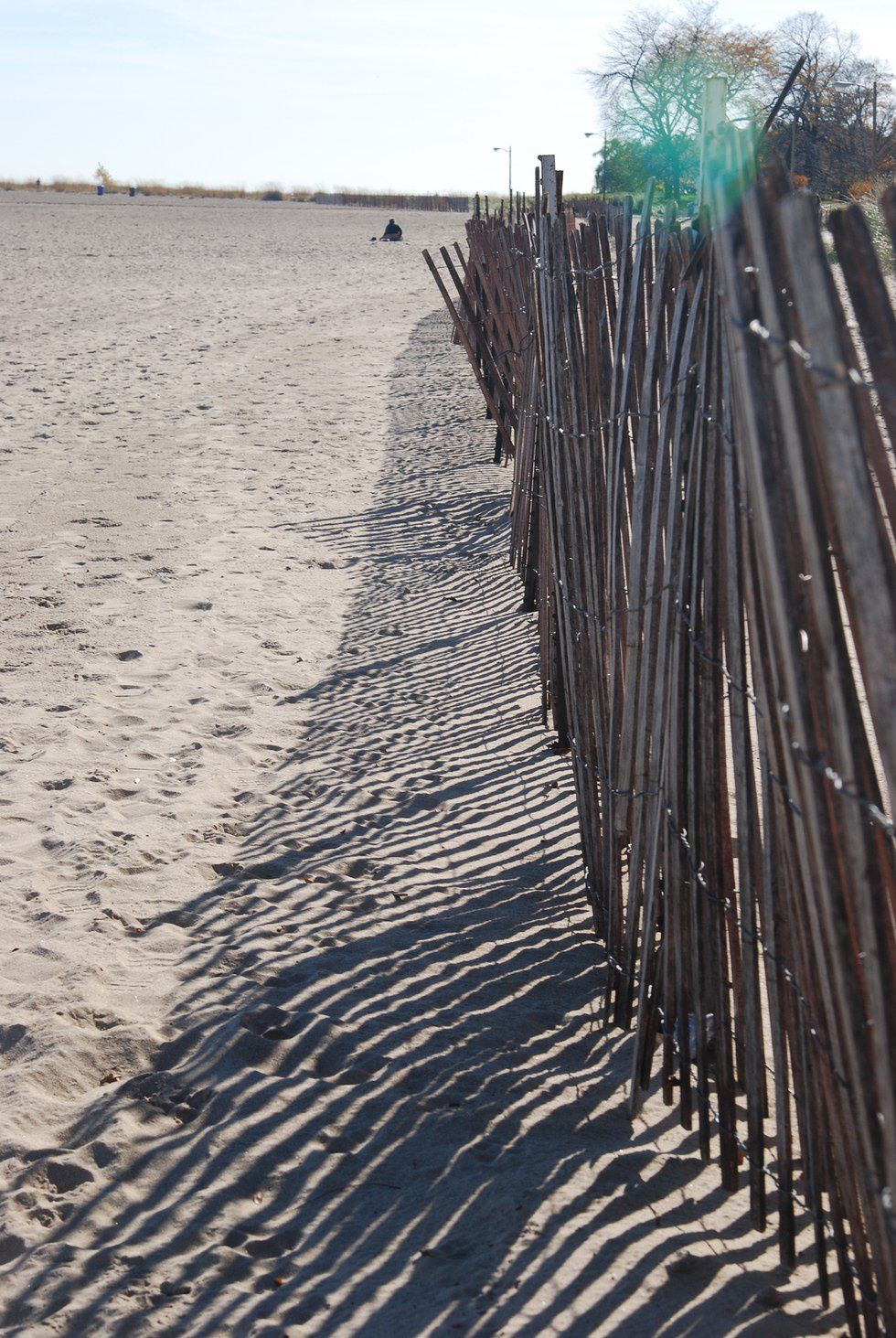
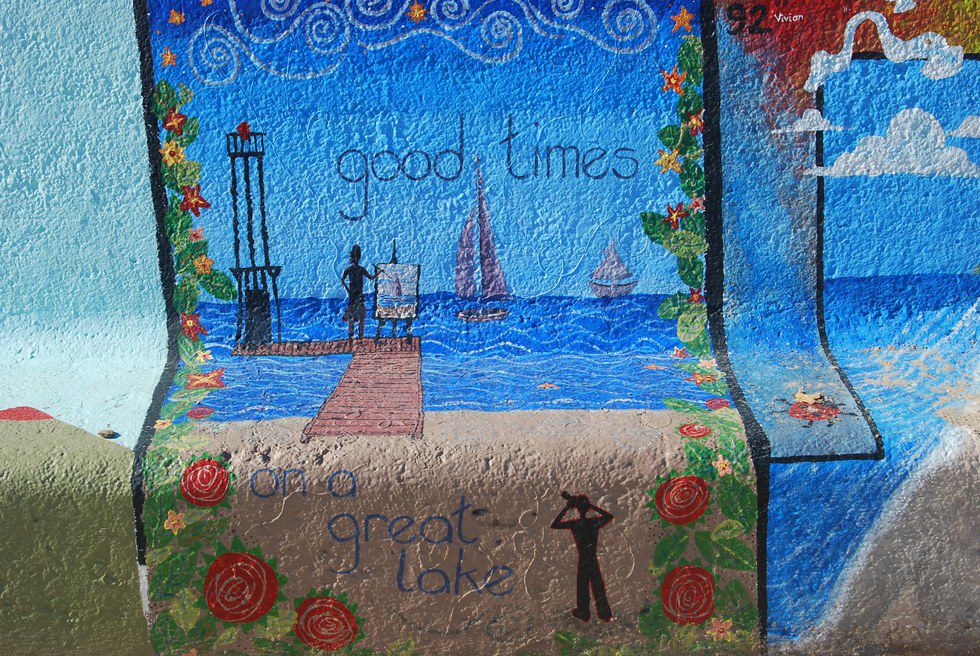
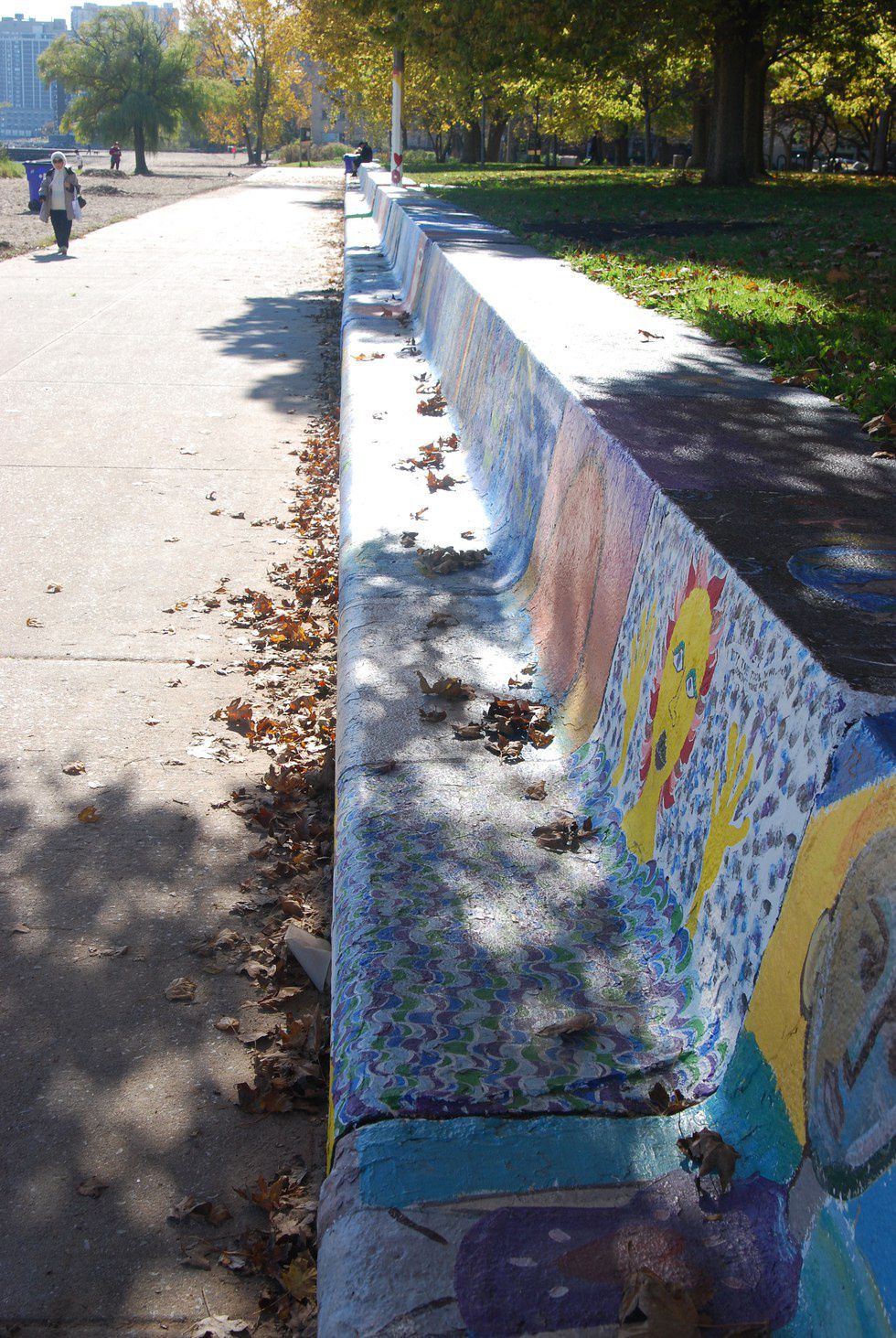
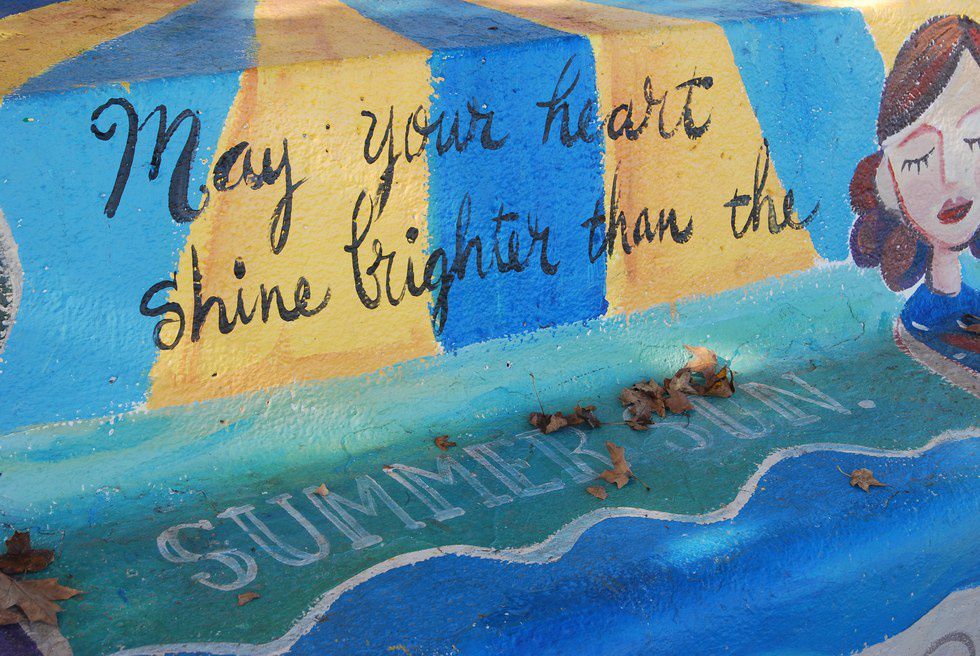
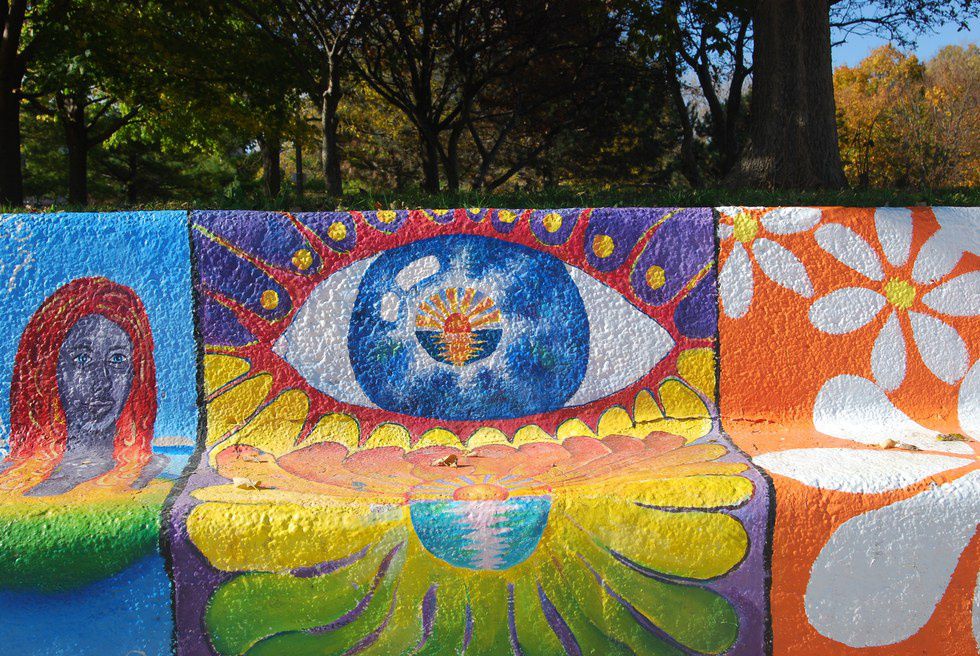
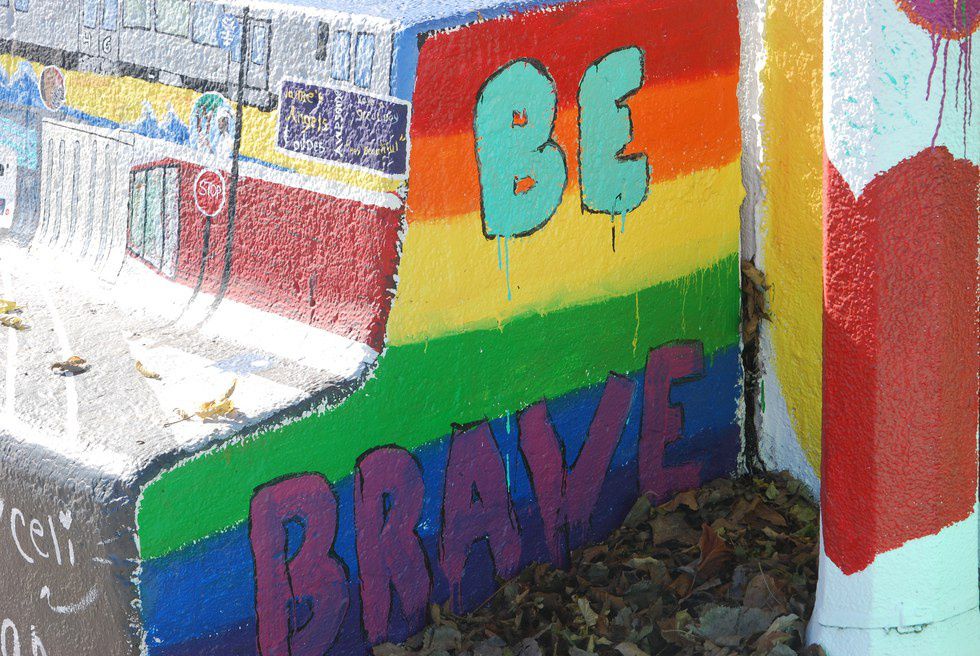
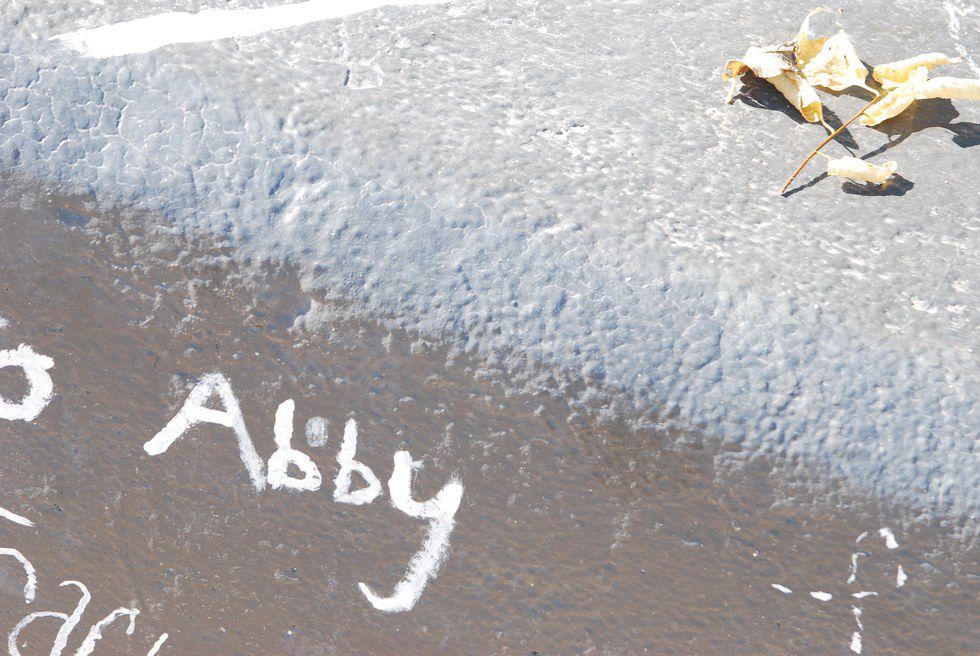
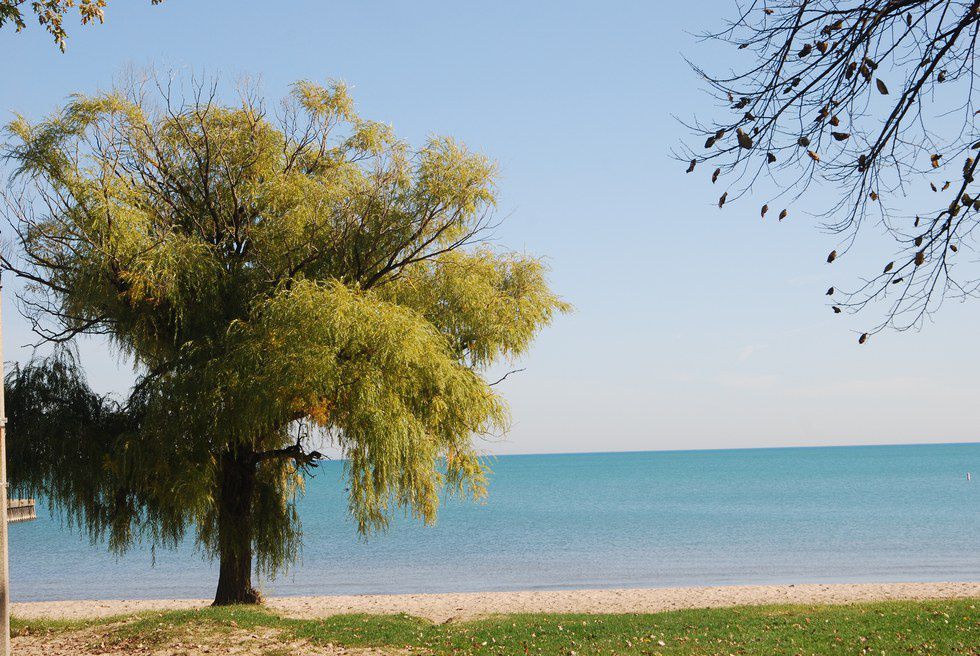
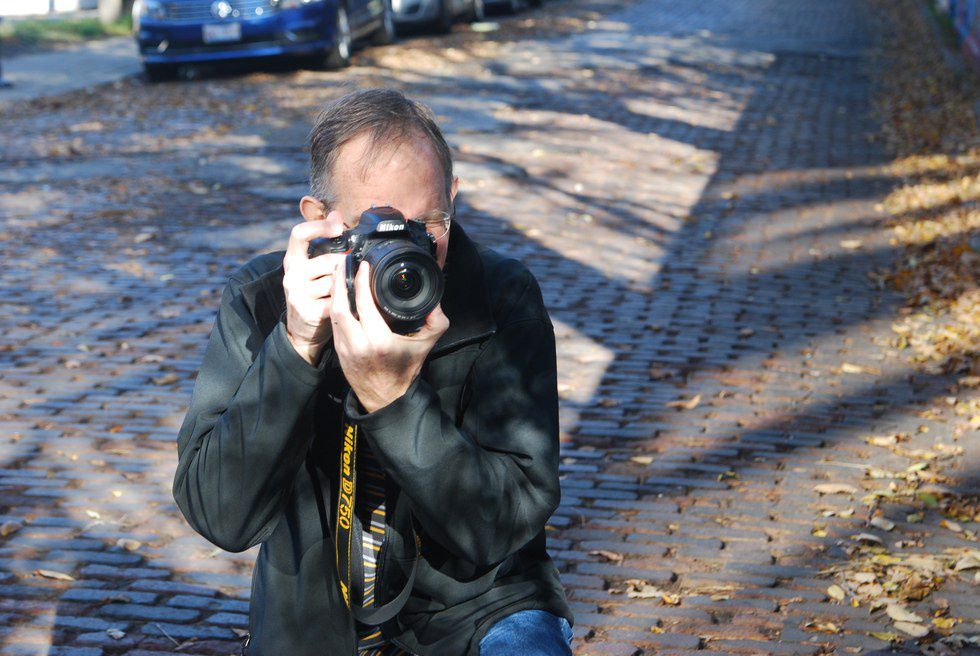




 The minimum wage is not a living wage.
StableDiffusion
The minimum wage is not a living wage.
StableDiffusion
 influential nations
StableDiffusion
influential nations
StableDiffusion












